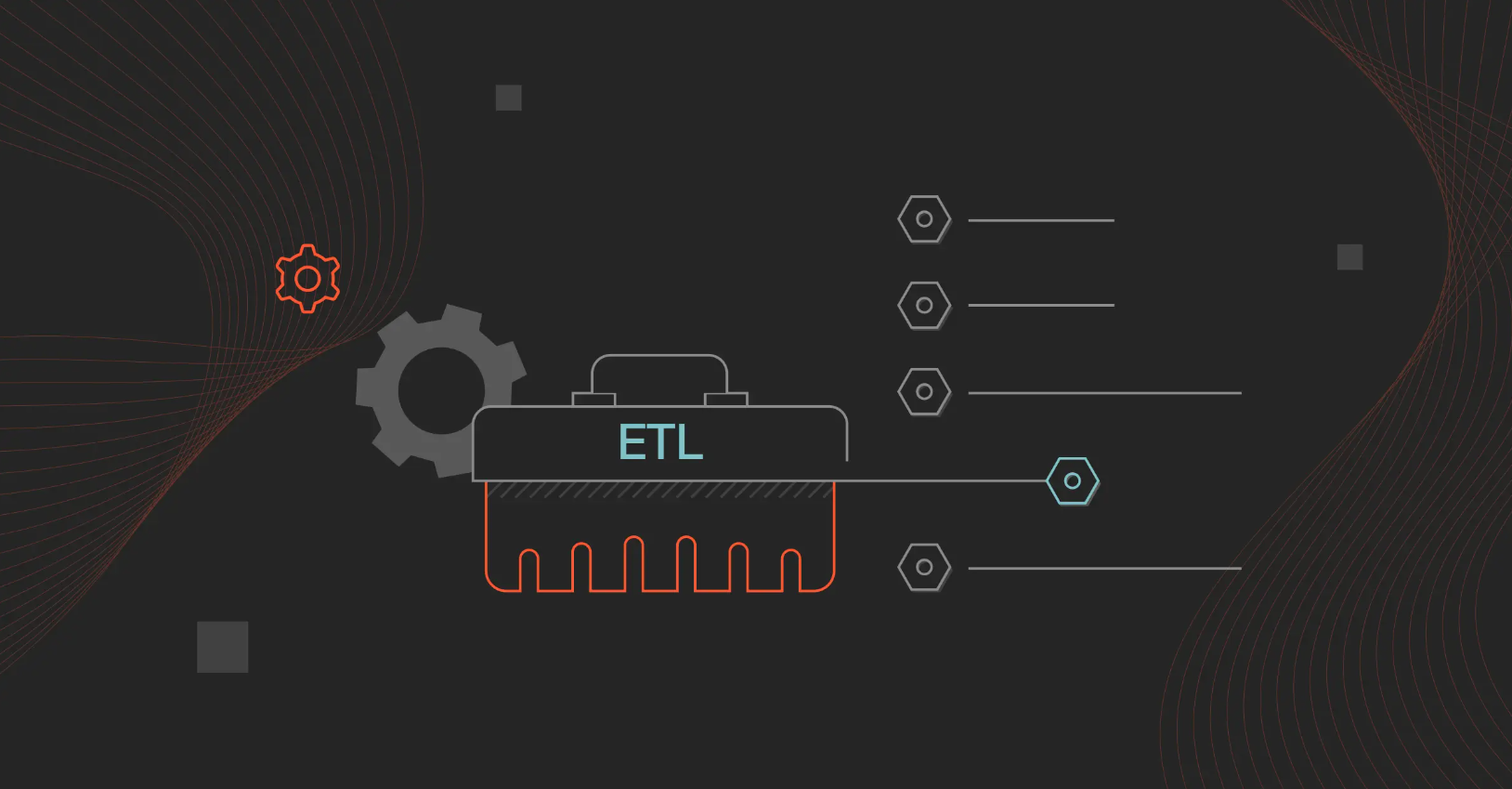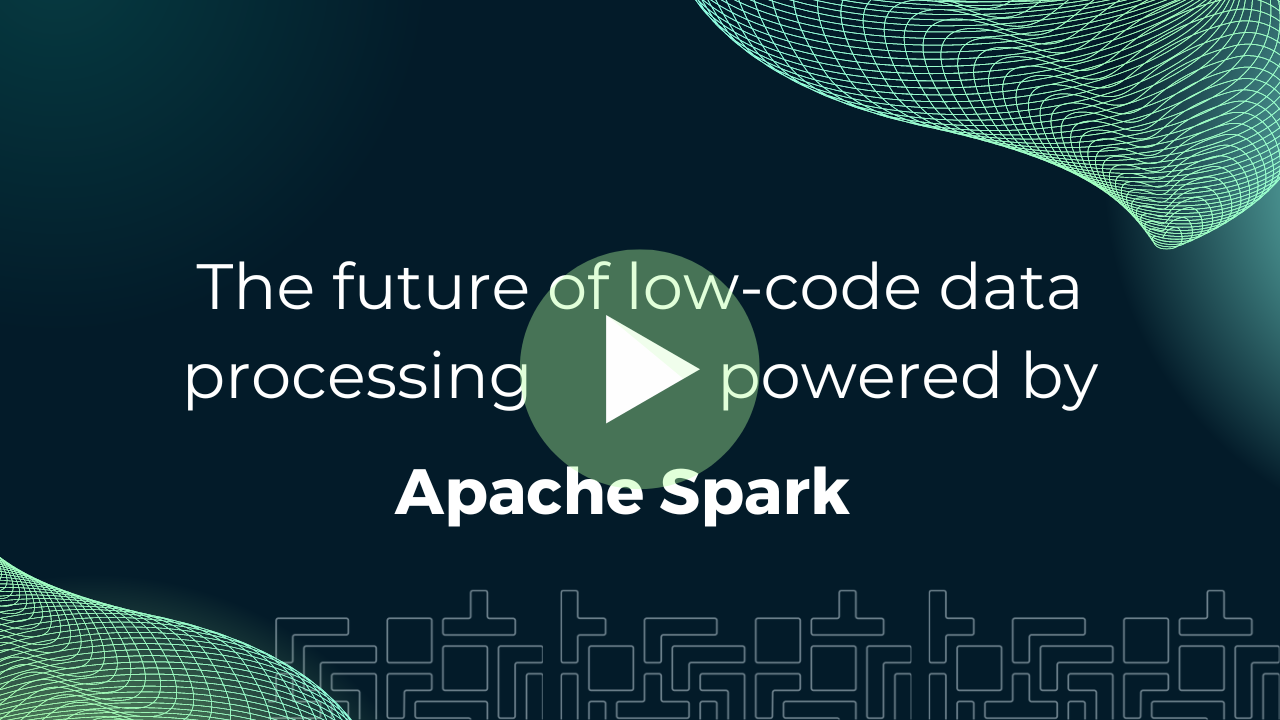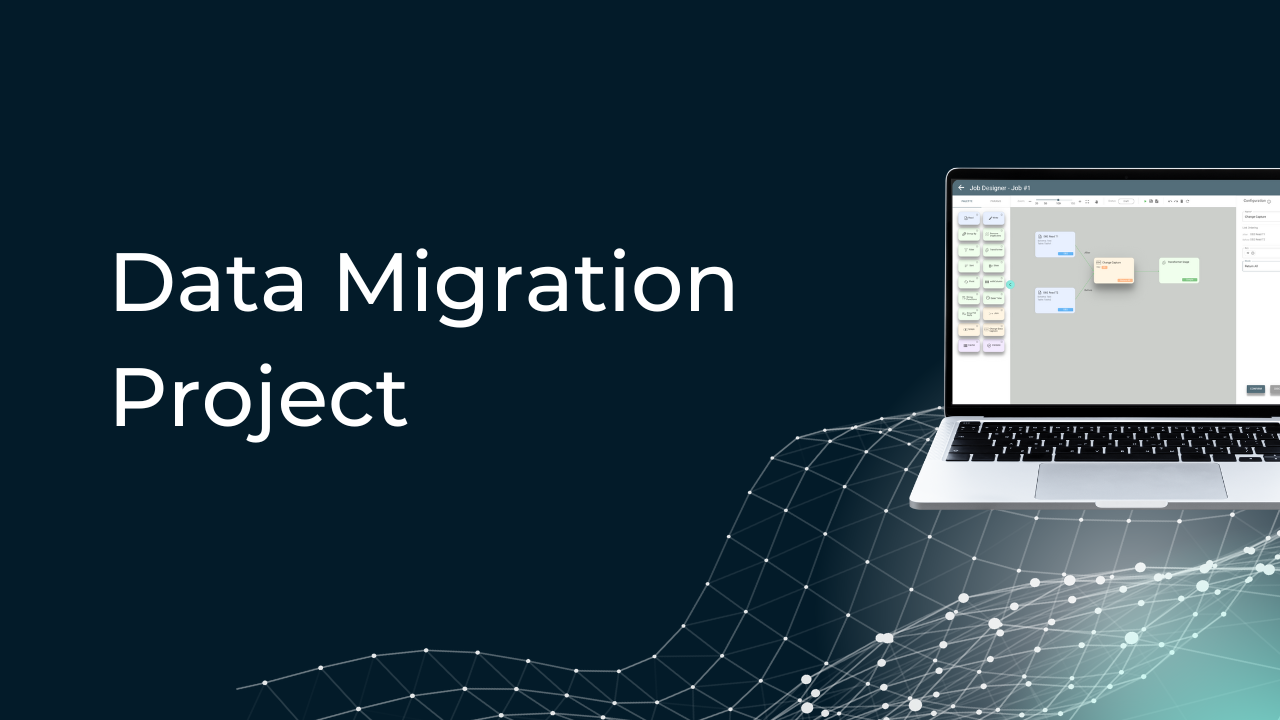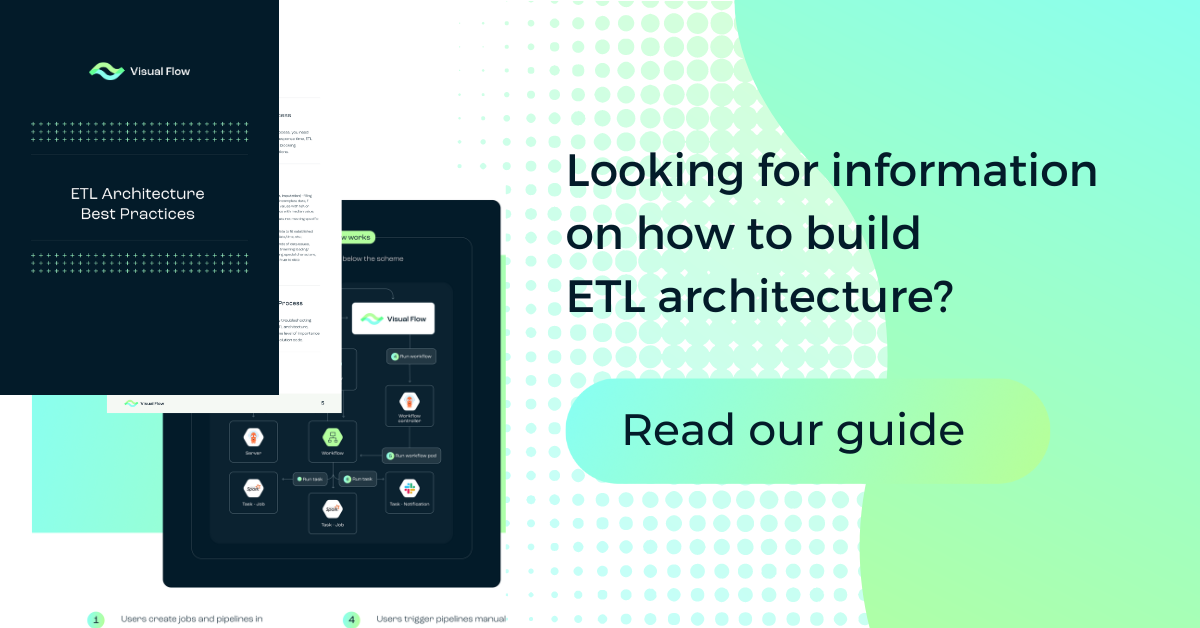
Table of Content:
Table of Content:


Data isn’t just numbers and graphs as businesses have to gain numerous insights. This task is almost impossible without data transformation to make sense of all that data. But what is data transformation anyway?
Benefits of Data Transformation
Why should you even consider data transformation? Here are a few benefits that highlight why it’s worth the effort:
- Data transformation ensures your data is cleaned, organized, and ready for management.
- Data transformation sifts through the clutter, and weeds out errors, duplicates, and inconsistencies.
- By automating repetitive tasks, your team can focus on innovation and strategy.
- Data transformation processes deal with increasing volumes of data.
- Data transformation helps ensure that your data management practices adhere to regulations like GDPR.
Data transformation also unlocks potent insights by converting raw data into actionable intelligence.
Data Transformation Types
The “how” of transforming your data varies depending on the tools and approaches you choose. Mainly, we’re talking about two types of data transformation:
Scripting Tools
Scripting tools for data transformation, such as Python and its Panda library, require you to write lines of code to instruct the computer on how to transform your data in languages like SQL, Python, and R. You can get very specific about how you want your data transformed and handle complex logic and large datasets with finesse. Moreover, since you’re writing the code, you can customize the transformation process to meet your exact needs, with no compromises.
Low-no-code Tools
These tools, including Microsoft Power BI or Google Data Studio, democratize data transformation through intuitive interfaces, drag-and-drop functionalities, and pre-built templates — accessible both to non-coders and coders. With minimal to no coding required, these tools allow more team members to participate in the data transformation process. However, these tools may not offer the same level of detailed customization and control as scripting tools, which can be a trade-off for some advanced use cases.
The Data Transformation Process
The data transformation process includes several essential steps.
Data Interpretation
This phase necessitates a comprehensive understanding of the raw data at one’s disposal. It involves analytical scrutiny to discern patterns, anomalies, and potential correlations within the dataset. For instance, if your raw data includes customer feedback, interpretation may involve categorizing this feedback into complaints, compliments, and suggestions. It sets the stage for the transformation by clarifying what needs to be done to make the data useful.
Pre-translation Data Quality Check
It’s important to ensure the integrity of the data. This involves rigorous validation checks for accuracy, completeness, and consistency. For example, you may find some customer feedback entries are incomplete or duplicated. Identifying and fixing these issues upfront leads to a clear transformation process and prevents “garbage in, garbage out” scenarios.
Data Translation
Then, the actual data transformations take place. Based on your understanding and cleanup in the previous steps, you’ll convert, format, and restructure your data to fit its intended purpose. It usually means consolidating customer feedback into a structured format, tagging each piece with relevant categories (like product issues, service feedback, etc.), and summarizing the data for analysis. Tools like SQL for database manipulation or Python scripts will help you automate this process.
Post-translation Data Quality Check
The final step is the culmination of the transformation process. It ensures that the transformed data adheres to predefined standards and specifications. Did the data maintain its integrity? Are there any unexpected anomalies? For instance, after transforming customer feedback data, you’d verify that all entries were correctly categorized and none were lost in translation. This is how you can understand that your data is ready for analysis, reporting, or any other downstream use.
Each of these steps is indispensable for turning raw data into actionable insights. Skipping one may not stop you immediately, but it’ll surely cause problems further.
Data Transformation Techniques and Implementation
When you’re working with a large amount of information from different sources, your job is to make it coherent and ensure it speaks the same language. There are various data transformation techniques to facilitate this process.
Data Transformation Techniques
- Normalization. If your data points are on wildly different scales, normalization helps bring everything to a common scale without losing the essence of the differences.
- Aggregation. This means summing up the data to get a bigger picture. For instance, if you have daily sales data, aggregating it can give you a monthly or yearly overview and spot overall trends.
- Discretization. It involves chopping continuous data into bins or categories to simplify analysis.
- Attribute construction. Here, you create new info from the existing data. Say you have data on the cost to produce an item and its selling price. You can calculate a new attribute — profit margin.
- Text encoding. Text encoding translates words into a numerical language that computers can understand so that textual data can be analyzed.

Implementation
So, how to bring these techniques to life in your data?
- Know what you want to achieve with data transformation — cleaning the data, preparing it for a specific analysis, or maybe making it easier to understand.
- Before starting, check the data quality. Identify any missing pieces, duplicates, or anything that doesn’t quite fit.
- Based on what you’ve found during your quality check and what your end goals are, choose the transformation techniques that best suit your needs.
- Then, apply your selected techniques to the data. It may involve writing some code or using software tools designed for data transformation.
- After transforming your data, ensure everything turns out as expected by a simple visual check or a more detailed analysis.
- Even after you’ve transformed your data, stay vigilant. As new data comes in, you need to adjust the transformation process to keep it relevant.
Transforming data effectively means ensuring your data is clean, consistent, and aligned with the required analytical goals.
Use Cases for Your Business
Here are a few ways to amp up how your business operates with data transformation:
- Transform data to see which marketing channels are hitting the mark to understand where to invest.
- Use data to group customers by their interests or buying habits. This way, you can tailor your offers and messages to match what they like.
- Make financial data from different parts of your business match up.
- Keep track of your inventory better by standardizing how you record product info from various sources to avoid overstocking or running out of products.
- Analyze data from your machines to predict when they may break down.
- Transform personal data in a way that keeps customer identities private when analyzing trends.
- Set up systems to alert you instantly if something unusual happens, like a spike in website traffic or a sudden drop in sales.
- When merging with or buying another company, transform data to blend different systems and ways of working together more easily.
Now you know how to transform your data to understand your customers more deeply and run your business more efficiently. But what if potential challenges occur?
Challenges and How to Overcome it with Visual Flow
If some challenges during data transformation arise, Visual Flow, a low-code ETL/ELT solution, can help you solve them, and here’s how.
Transforming data usually means writing lots of complex code, which can be tough if you’re not a programmer. In Visual Flow, instead of writing code, you can drag and drop blocks (each representing a data transformation task) to create your data flow. It’s much simpler and doesn’t require deep coding skills.
If handling huge amounts of data slows down traditional data processing and makes it inefficient, Visual Flow tools will automatically manage how data is processed, often doing many tasks at the same time (parallel processing), to speed things up even when working with vast datasets.
Ensuring that your data remains high-quality through the transformation process is also challenging, but Visual Flow includes built-in tools that act as quality control for your data. You can set rules and checks right into your data flow to clean, validate, and ensure your data is consistent and accurate, all visually.
These are just a few examples of how Visual Flow can help you solve possible data transformation challenges due to open-source ETL tools, business intelligence service consulting, data engineering, and more. For detailed information, reach out to us.
Final Thoughts
Data transformation turns raw data into something you can use to make decisions. It may sound a bit complicated, but with Visual Flow, it’s not just for the IT crowd anymore. Everyone can get in on the action and make data work smarter, not harder. Yes, there are challenges, like dealing with huge amounts of data or making sure it’s all accurate, but these issues are manageable with the right approach.








Contact us






















































